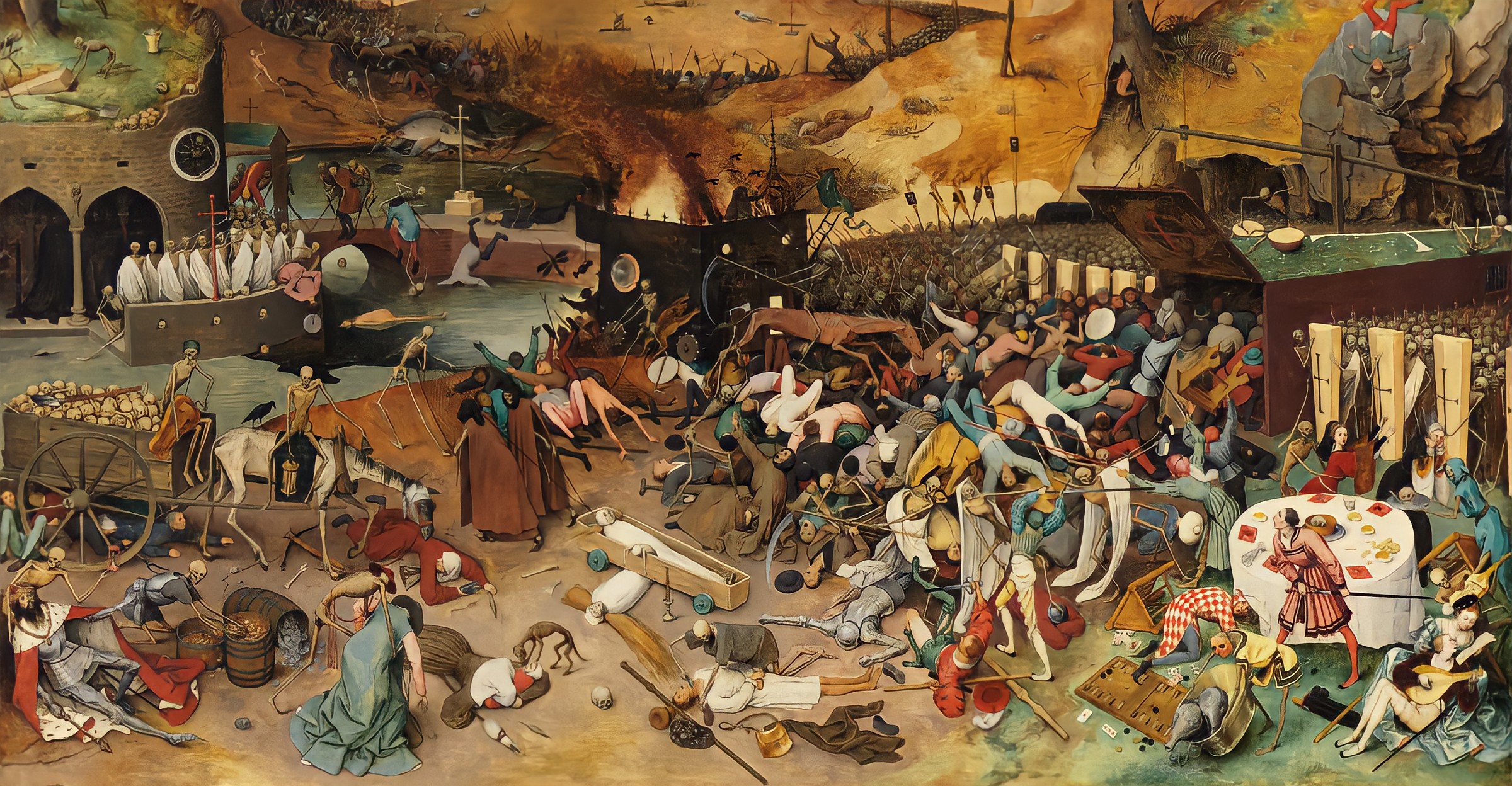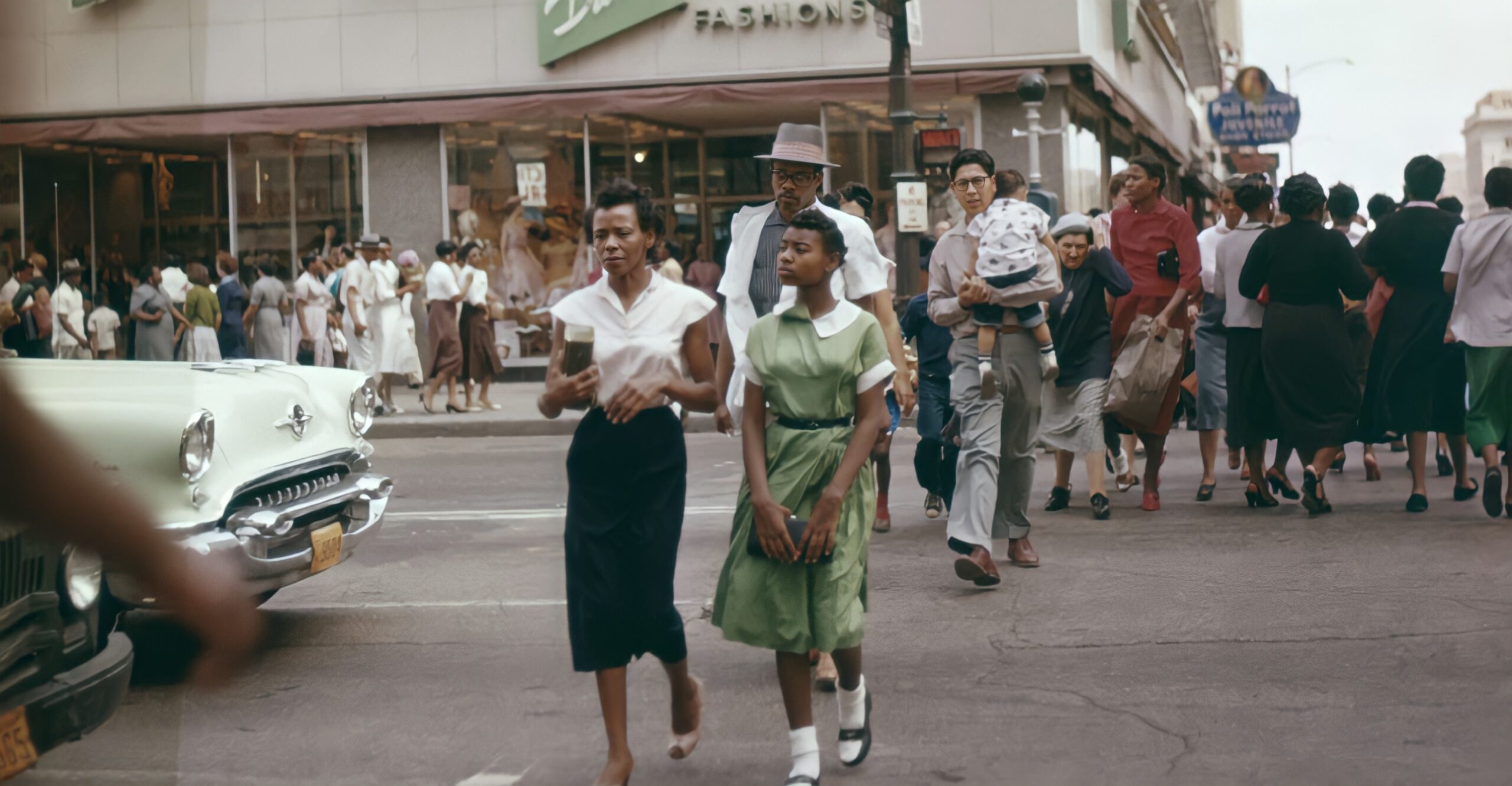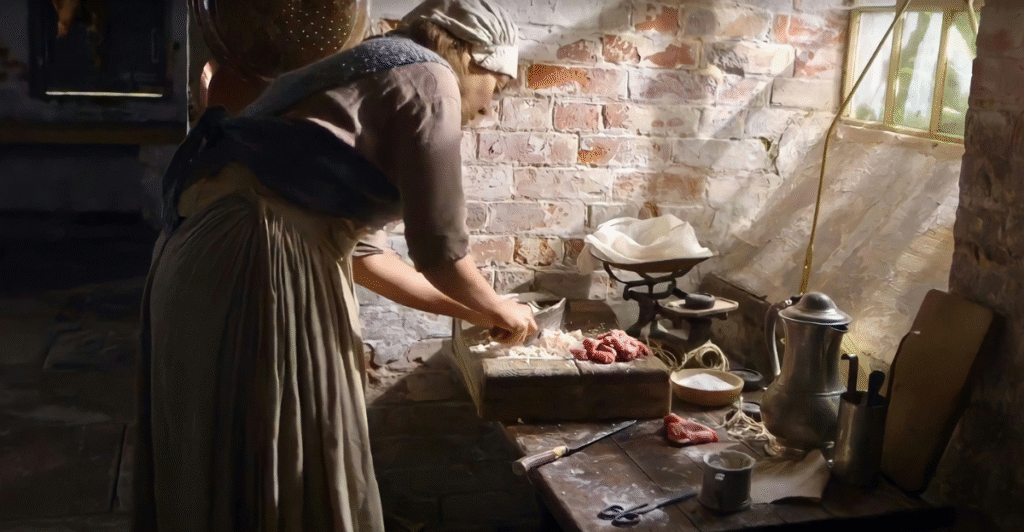
Victorian workhouses were grim places that were designed as a last resort for extremely poor people. Upon arrival, families were split up. Men, women, and children were sent to separate wards where their personal belongings were confiscated. Inmates were then stripped, washed, and given scratchy uniforms. A wave of shame and sorrow hit instantly, marking the beginning of a strict, unforgiving life behind cold, unwelcoming walls.
Daily Routine
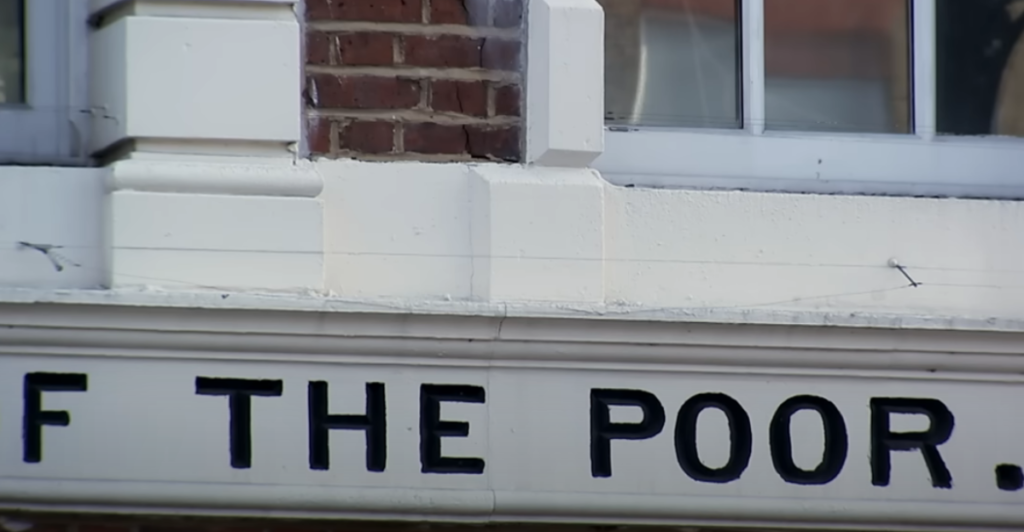
Life inside these houses followed a strict schedule. Inmates would wake up early each morning, with roll calls and prayers before breakfast. The day was divided between monotonous work, meager meals, and even more prayers. Silence and order were strictly enforced. Even the tiniest rule-breaking was met with punishment, reinforcing the institution’s focus on discipline and control over comfort or compassion.
Grueling Labor
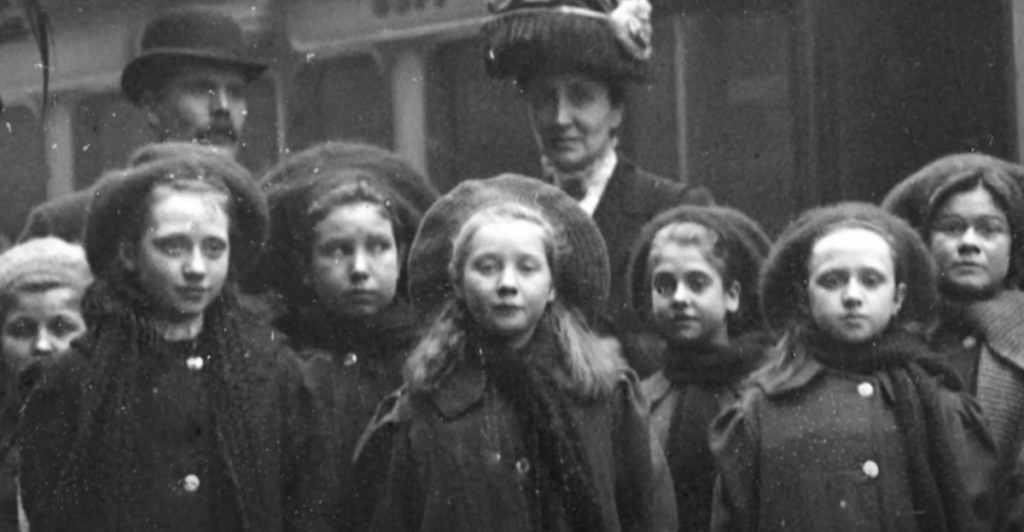
Workhouse inmates had to perform hard and repetitive labor. Men were forced to break stones, chop wood, or grind corn. Women had to scrub the floors, launder clothes, and sew. The work in these houses was deliberately unpleasant. It was specifically designed to deter everyone but the most desperate from seeking help. Children were expected to contribute and were often hired out to factories or mines.
Meager Food
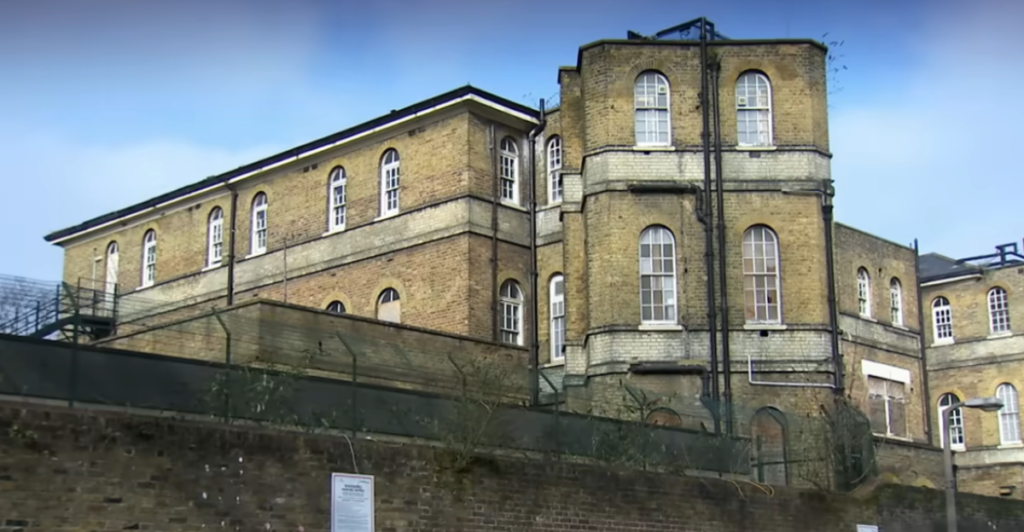
The meals that these houses provided were plain and insufficient. They typically served bread, broth, cheese, and occasionally meat. The portions were tiny, and second helpings were not allowed. Missing a meal was also a common punishment for breaking rules. Malnutrition in these houses and many cases of starvation were reported.
Family Separation

Families who entered the workhouse were almost always split up. Husbands, wives, and children lived in different parts of the building and would rarely see each other. Young children were sometimes allowed to stay with their mothers, but this was inconsistently enforced. The emotional trauma of separation added to the misery of living in these houses, with many inmates longing for family connections.
Harsh Discipline
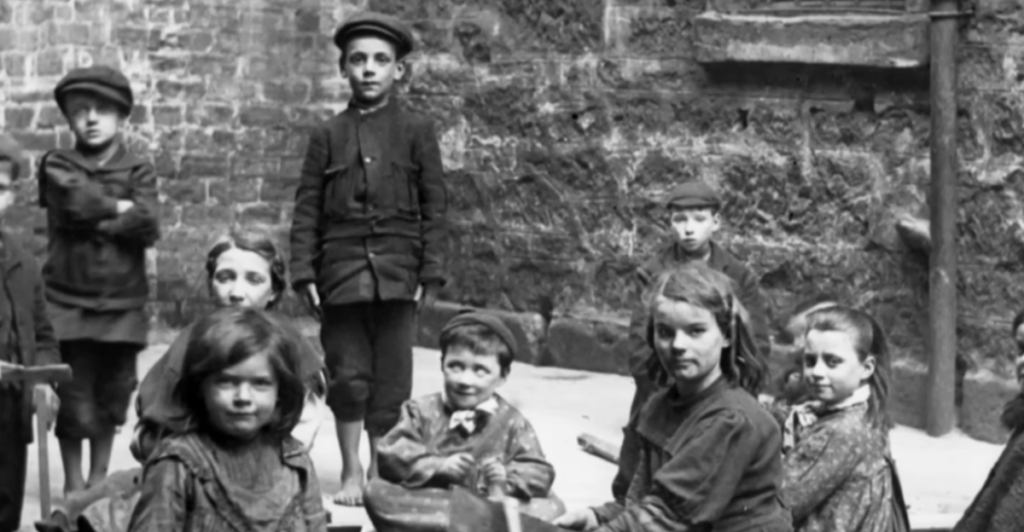
These workhouses were well known for their strict rules. Talking was often forbidden, and punishments for minor infractions included loss of food, solitary confinement, or physical discipline. The teachers in these houses were harsh and sometimes used corporal punishment. This was intended to instill obedience and discourage any sense of autonomy or hope among the inmates.
Disease and Overcrowding

Workhouses were usually crowded and unsanitary. Inmates were forced to sleep in shared beds, which made the spread of diseases like ringworm very common. Inmates also struggled with poor hygiene and inadequate medical care, which caused frequent outbreaks of illness. There were designated wards for individuals with infectious diseases, but the conditions in these wards were terrible.
Stigma and Shame
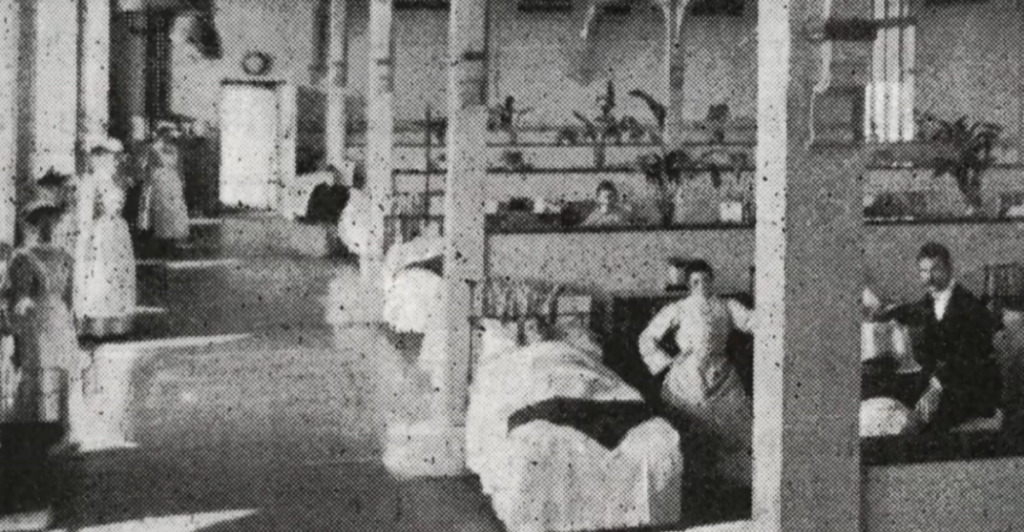
Entering a workhouse was seen as a personal failure. Victorian society believed in self-reliance, so seeking help was heavily frowned upon. Inmates had to wear distinctive uniforms that marked them as paupers. Unmarried mothers or “unworthy” women sometimes wore special colors to highlight their shame.
Rare Comforts
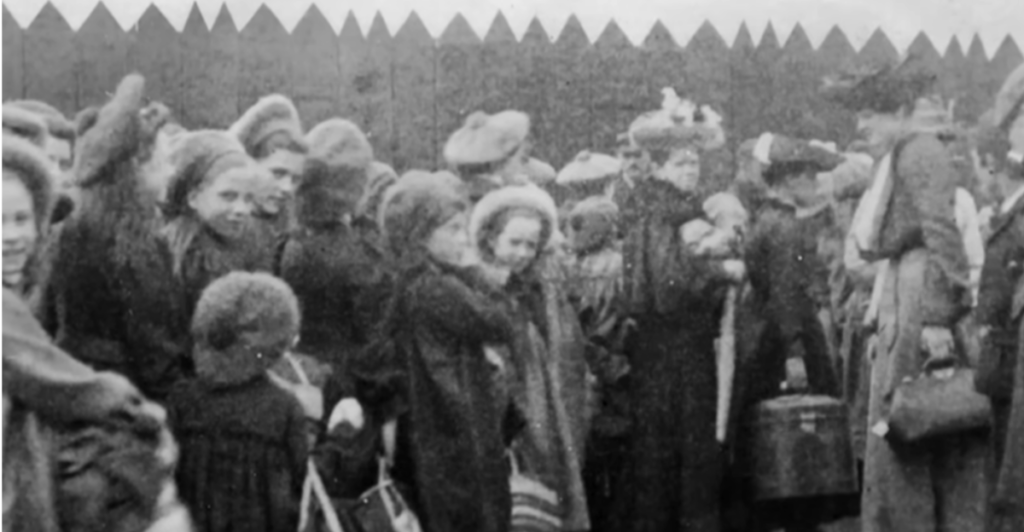
But despite all of these terrible things, rare moments of relief existed. Some workhouses received donated books, hosted musical performances, or allowed informal recreation in the evenings. Children were given basic education, and girls learned the skills they would need for future employment as maids. But these small comforts did little to offset the overwhelming bleakness and strict regime of workhouse life.
Legacy of Suffering
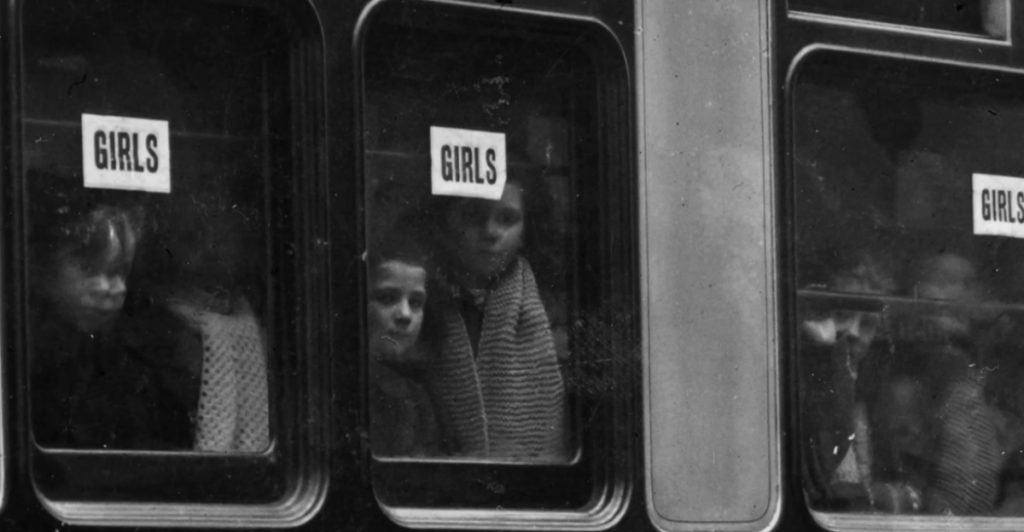
Victorian workhouses became infamous for their cruelty and harshness. Public outcry, fueled by writers like Charles Dickens, eventually led to much-needed changes. By the early 20th century, workhouses were phased out or converted into hospitals. Their grim legacy is still a powerful reminder of how society once treated vulnerable people.



